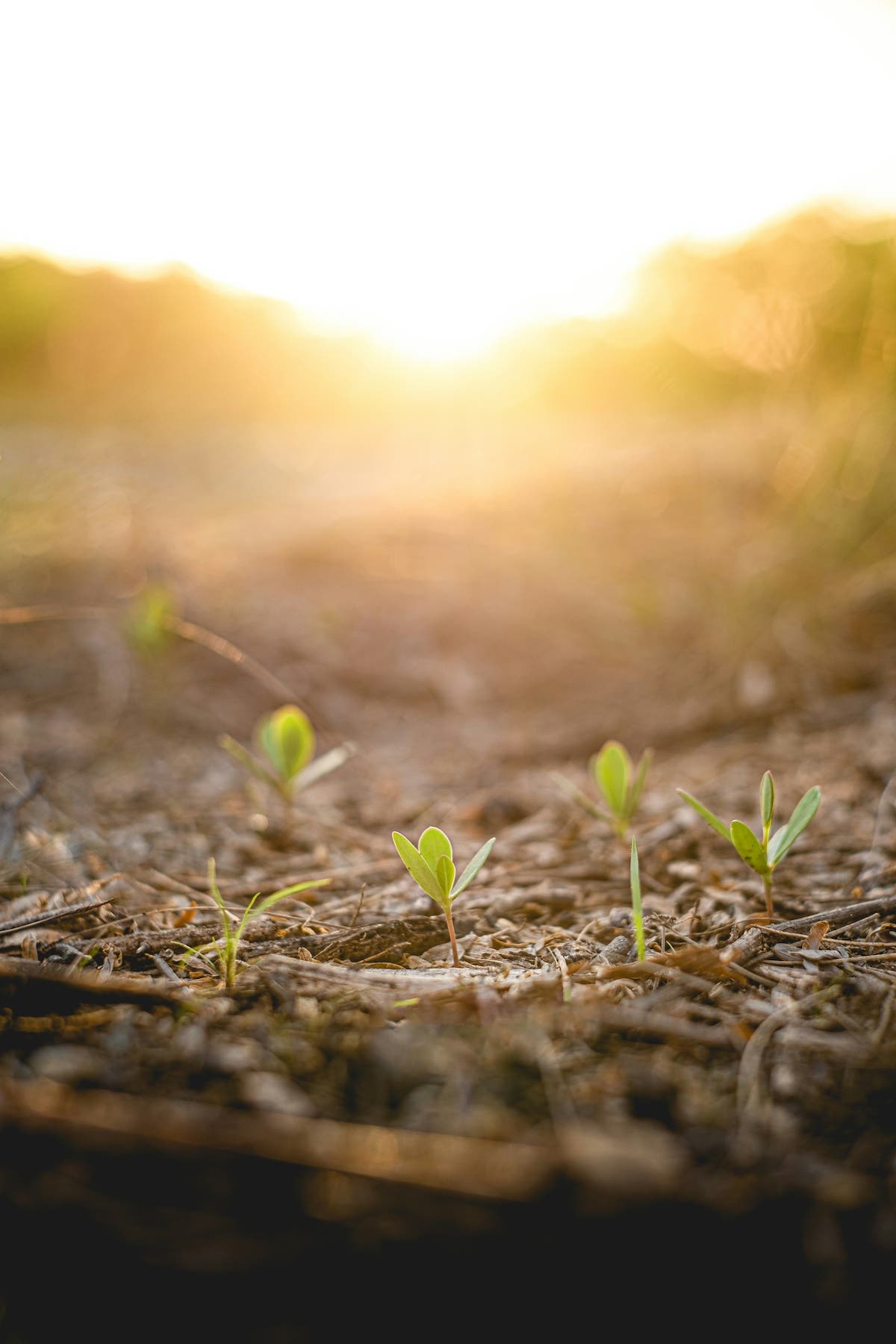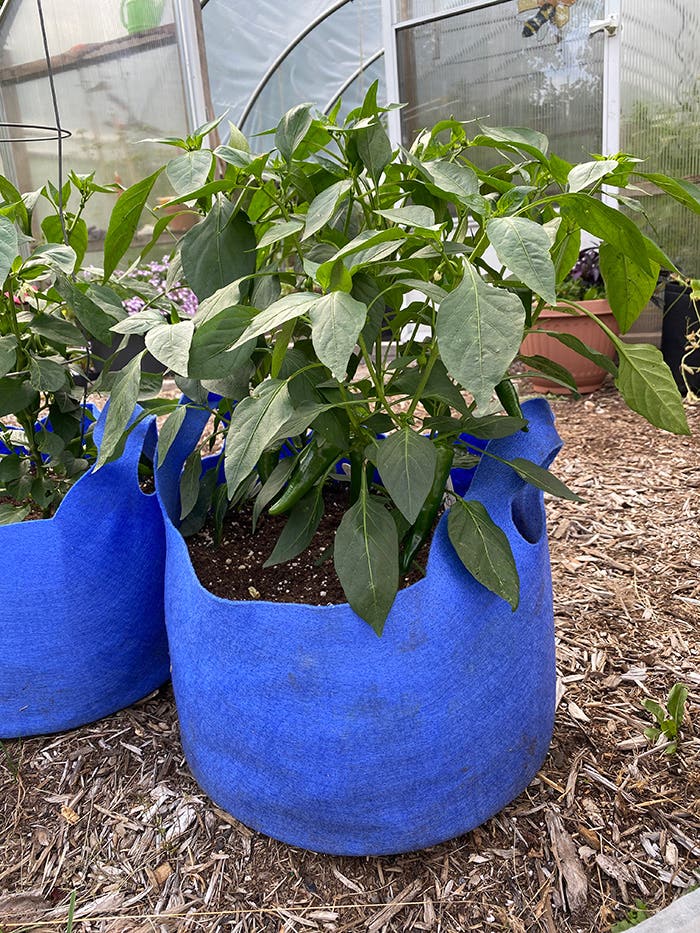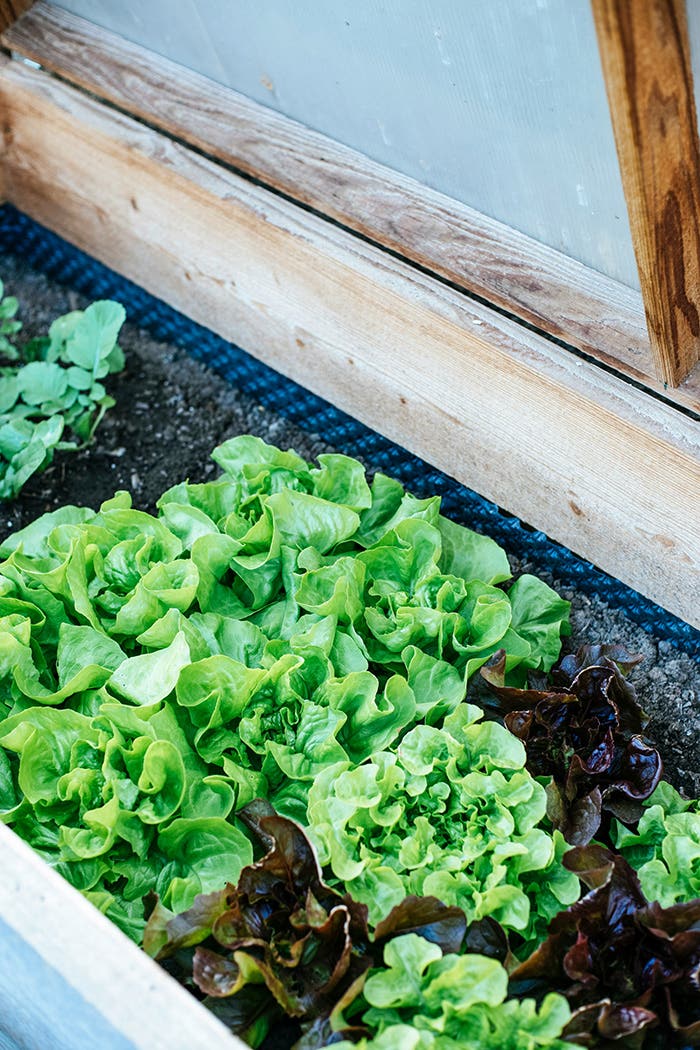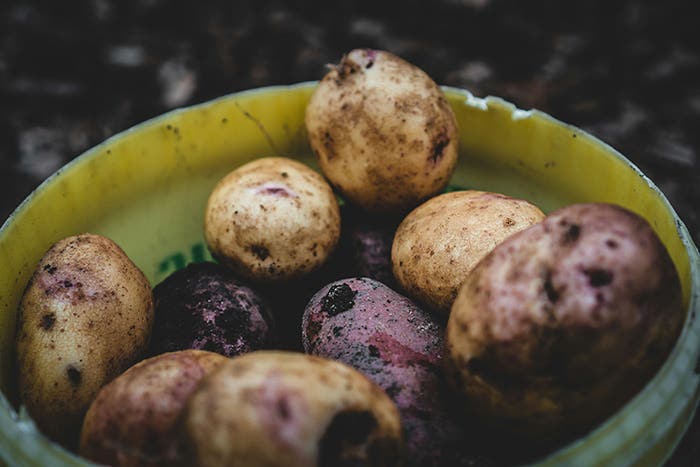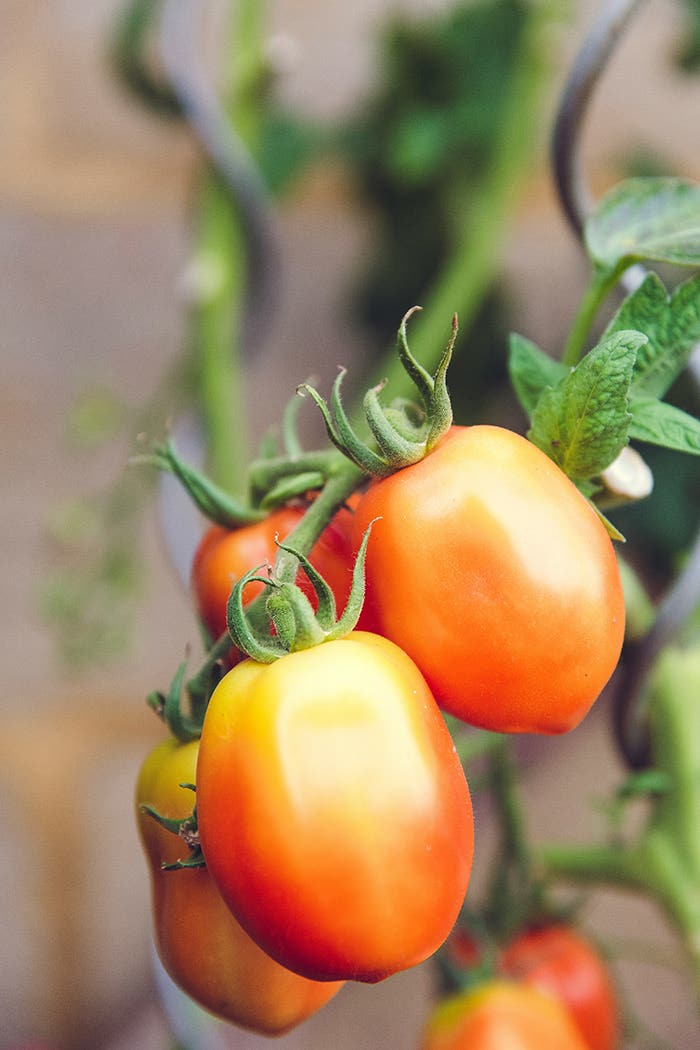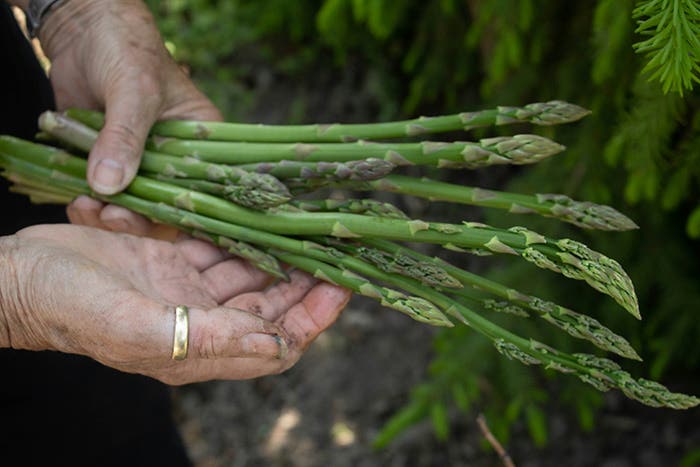How to Grow Beets in the Home Vegetable Garden
We’ve got the beet (growing advice)!
Growing beets is an easy job in the vegetable garden. The beet (Beta vulgaris) is a cool-season crop rich in flavor and nutritional value, offering antioxidants, vitamins A and C, fiber and even iron. Though we picture beets as round and crimson in color (or “red as a beet”), varieties run the spectrum from white to yellow and orange to burgundy. They range from spherical to cylindrical when it comes to shape, and some reveal white rings once sliced.
No matter their hue and silhouette, beet roots, which vary in flavor from earthy to sweet and mild, can be enjoyed cooked, pickled or raw. Flavor depends both on variety—with newer types bearing a higher sugar content—and on maturity, with small roots tasting more mild. Their sprightly tops bear slightly bitter leaves that can be steamed or boiled in recipes or mixed with other greens for simple salads.
How to Grow Beets
As a half-hardy vegetable, beets are fairly tolerant of frost, surviving temperatures as low as 30 degrees (F). Grow beets in full sun or part shade, in the ground, raised beds or even in pots. More sun will ensure the very best roots, but if you’re growing beets primarily for their leaves, part shade does the trick.
Beets are most successful in cooler climates, where their seeds can be sown in the garden in early spring, up to 30 days before the typical last frost. The soil should be at least 45 degrees (F) at sowing time. In hot areas of the South, grow beets as a winter crop, sowing the seeds in the fall. For a winter crop in colder regions, grow beets in a cold frame or in rows covered by a 12- to 18-inch layer of shredded leaves or straw to protect the roots from freezing.
Beets are typically not bothered by pests and diseases. The key is to grow beets in fertile soil and keep the moisture consistent, especially as seedlings are developing. Keep the garden free of weeds, removing these regularly and while they’re small, to avoid disturbing the beet roots. Beets prefer even conditions. If the root shows off-color interior rings upon slicing, and it isn’t a variety described as bearing stripes, fluctuating weather was the likely cause.
How to Grow Beets from Seed
Sow beet seeds half an inch deep and one to two inches apart in well-drained soil that’s loose, free of stones and rich in organic matter. Space rows roughly 12 to 18 inches apart. Keep the soil constantly and consistently moist; beets are likely to develop scab and other problems in soil that dries out. (Raised brown spots on harvested beets indicate scab.) Spreading a thin layer of mulch over the soil will help conserve moisture.
Beets lends themselves well to succession planting, which ensures a consistent supply of small, tender, tasty beets and leaves. To achieve this, sow seeds every two or three weeks from the first planting until midsummer.
Beets are one of the few root crops that copes well with transplanting. Therefore, for an earlier harvest or to hedge your bets against unpredictable spring weather, beet seeds can be started indoors about five weeks before the expected last frost. Thin the seedlings and transplant when heavy frosts seem to have passed.
How to Thin Beet Seedlings
Often, what we look at as a beet seed at planting time is actually a small, hard cluster of several seeds, each with the potential to sprout. (However, some beets are marketed as single seed, or monogerm, varieties.) The seed cluster results in too many seedlings growing in one spot. If they aren’t thinned, you’ll likely end up with tiny beet roots or all top growth.
To avoid this, thin the seedlings to one to three inches apart when the sprouts reach about two inches high. Do not pull seedlings whole to thin the crop, but rather pinch the excess plants off at soil level. Because beets have a relatively shallow root system, pulling unwanted seedlings whole could disturb the “keepers.” Be sure to try the snipped baby leaves in a salad.
If you’re growing beets for their leaves alone, they can be kept closer together, though keep in mind that good air circulation promotes foliar health.
Growing Beets with Companion Plants
Because beets mature fairly quickly, they can follow early-season crops such as lettuce and peas, taking the place of these plants as they go out of season. Garlic is reported to improve the flavor of beets when these crops are grown as companions. Other good neighbors include onions and brassica crops, like cabbage.
(Related: Read all about growing garlic.)
Beets are closely related to swiss chard (itself a variety of Beta vulgaris) and spinach. You can grow beets near these plants in one season, but as you rotate the position of crops in subsequent seasons, they should not be moved into spots previously occupied by their relations. (In other words, if you grow beets in row X and spinach in row Y during year one, do not grow beets in row Y during year two.) Corn and beans are two other crops that should not swap places with beets, because these three plants can be susceptible to certain fungal diseases. An interim crop of radishes may stave off this problem.
Harvesting and Storing Beets
Typically beet roots are harvested 50 to 70 days after planting, when they measure 1 to 2 inches in diameter. You’ll notice their shoulders cresting the soil line. Check the seed packet for more specific timing and size for the variety you’re growing. But in general, larger roots tend to be tougher and woody, and taller leaves can become too bitter in flavor, so don’t delay picking too long.
Store harvested beets in a cool, dry space or in an open bag placed in the refrigerator. Cut off the tops one inch above roots and brush soil off the skin before storing. The leaves should be washed well and used immediately or rinsed and wrapped in a damp paper towel for several days of storage in the fridge.
Good Beets to Grow
Here are a handful of standout beet varieties:
‘Detroit Dark Red’: An heirloom variety that’s a favorite for canning and pickling or eating fresh. Burgundy in color. 59 days to harvest.
‘Choiggia’: The classic bull’s-eye beet with red and white rings that show when it’s sliced. 54 days to harvest.
‘Boro’: An adaptable, reliable beet with rounded red roots and superior storability. Very flavorful. 50 days to harvest.
‘Avalanche’: An all-white variety, this beet received an All-America Selections award in 2015. Judges noted it has no earthy flavor, just sweetness. 50 days to harvest.
‘Cylindra’: This long, narrow, dark red beet is great for cutting into uniform slices. 60 days to harvest.
‘Touchstone Gold’: These small beets show deep orange skin and a bright yellow interior. It retains its color when cooked. 55 days to harvest.
‘Fresh Pak’: This variety is grown only for its leaves; it does not produce usable roots. The foliage is deep green with dark red veins, and it grows uniform and lush. 28 days to harvest baby leaves; 40 days for full-size leaves.
Image credits: 'Boldor', 'Taunus' and 'Avalanche' courtesy of Bejo Seeds. 'Detroit Supreme' courtesy of Sakata.


